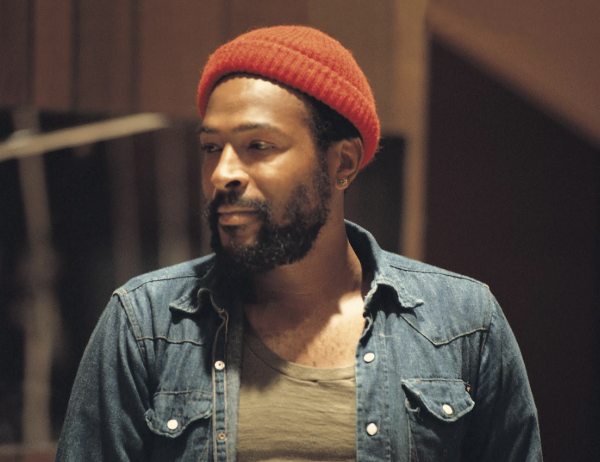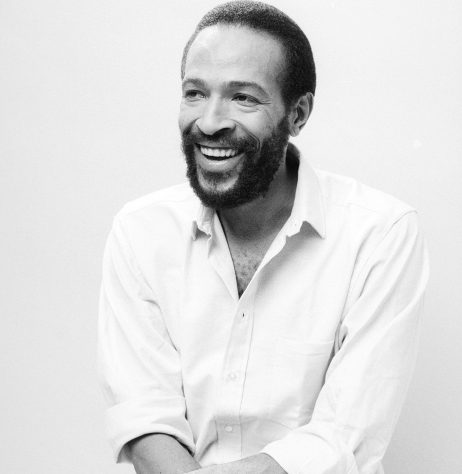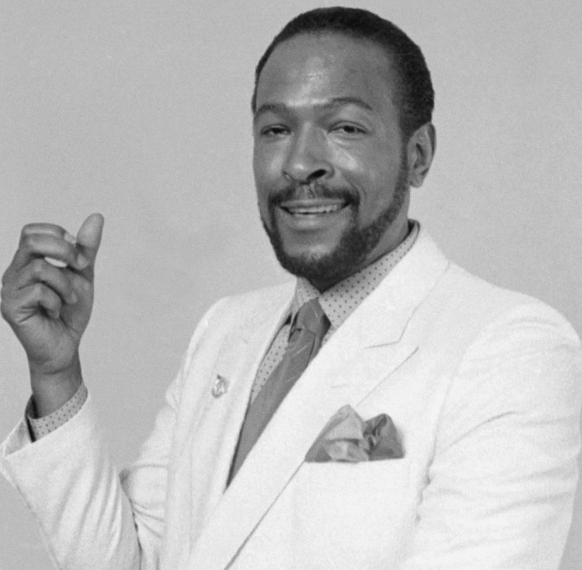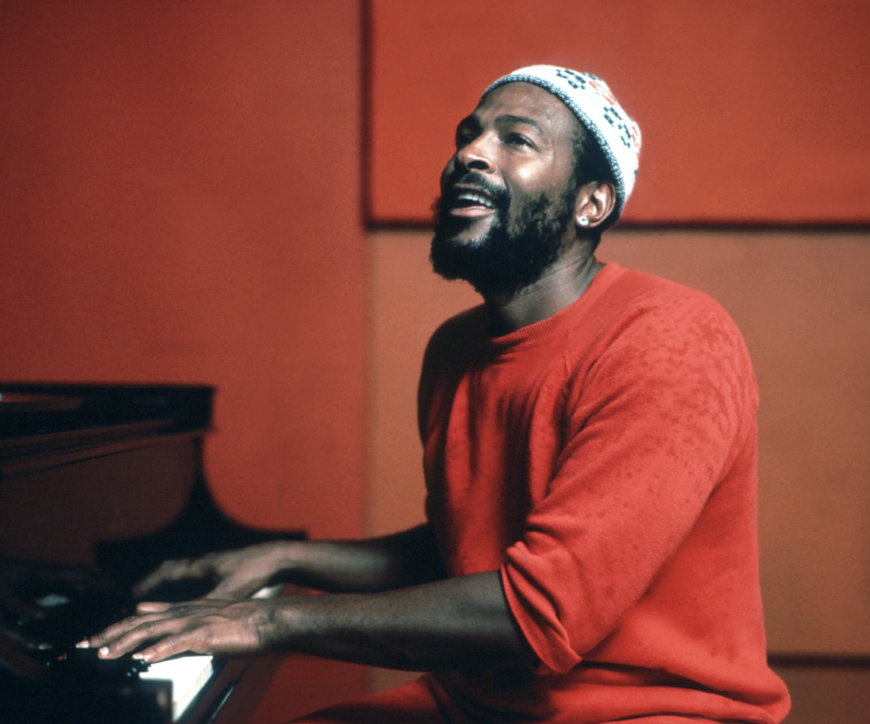The Deeper Message Inner City Blues by Marvin Gaye Was Meant to Convey—One You Might Not Have Known

Image: Getty Images
Marvin Gaye’s “Inner City Blues (Make Me Wanna Holler)” is more than just a song; it serves as a poignant protest anthem that exposes the harsh realities faced by those living in urban America. Released in 1971 as part of his groundbreaking album “What’s Going On,” this track showcases Gaye’s transformation from a popular soul artist to a powerful social commentator. The depth of its message resonates even today, revealing issues such as poverty, police brutality, and systemic racism.

Image: Getty Images
The genius of “Inner City Blues” lies in its ability to combine powerful lyrical content with a soothing and memorable melody. Gaye’s use of blues-infused melodies reflects the emotional turmoil many people endure, encompassing both despair and a longing for social justice. Gaye’s collaboration with co-writer James Nyx Jr. brought to life lyrics that articulate the struggles of marginalized communities. The song’s repeated refrain, “Make me wanna holler,” serves as a haunting cry echoing the frustrations felt by countless individuals facing economic hardships.
Musical Composition and Emotional Resonance
The musical composition of “Inner City Blues” is intricate yet understated, allowing Gaye’s compelling narrative to take center stage. The arrangement features a minimalist backdrop that enhances the emotional weight of the lyrics. This deliberate choice emphasizes Gaye’s voice, which weaves in and out of powerful declarations about socio-economic disparities.

Image: Getty Images
- Gaye’s vocal delivery oscillates between soft, reflective tones and passionate outbursts. This contrast drives home the urgent message of the song, compelling listeners to engage deeply with its themes.
- The instrumentation also plays a crucial role. Sluggish rhythms underpin the verses, symbolizing the slow grind of economic hardship, while lush chords envelop the chorus, portraying the yearning for liberation.
- An analysis of the melodic structure reveals a genius at work, where Gaye’s fluid transitions not only highlight his vocal talent but also mirror the complex emotions permeating the lyrics.
The Societal Context of Inner City Blues
When “Inner City Blues” first hit the airwaves, it was a reflection of the socio-political climate of the time. The early 1970s were marked by a rising awareness of social injustices, with movements for civil rights, anti-war protests, and demands for economic reform coming to a head. Gaye’s lyrics encapsulate the frustrations of communities that felt unheard and unseen.

Image: Getty Images
- In the song, Gaye points out the chasm between governmental policies and the daily struggles of the urban poor, a divide that remains pronounced today.
- The chorus not only serves as a personal lament but also as a collective cry for systemic change, spotlighting the urgency of addressing poverty and inequality in society.
- Throughout the years, various artists have cited “Inner City Blues” as influential, proving its lasting impact and relevance across generations. It continues to inspire modern musicians who address similar themes.
Legacy and Continuing Relevance
Decades later, “Inner City Blues” resonates just as strongly, unearthing issues that are still very much alive. Recent discussions surrounding police reform, economic inequality, and racial justice underscore the timelessness of Gaye’s observations. The song reminds us of the necessity for continual awareness and activism in the face of enduring social injustices.

Image: Getty Images
Gaye’s exploration of pain transforms into a universal narrative that transcends cultural barriers. His ability to channel personal and societal struggles into art illustrates the profound role of music as a catalyst for change. “Inner City Blues” serves as a reminder of the power of music to foster empathy and encourage social awareness.
In conclusion, Marvin Gaye’s “Inner City Blues” is not only a masterpiece of musical art but a beacon of social consciousness. This track remains a critical touchstone for discussions surrounding economic and racial inequality, inspiring listeners to reflect on contemporary issues. To experience the transformative power of Gaye’s work, dive deeper into his discography and explore the broader implications of his messages.
Let’s continue the conversation about these vital issues by sharing your thoughts and insights on social justice and music in the comments below.